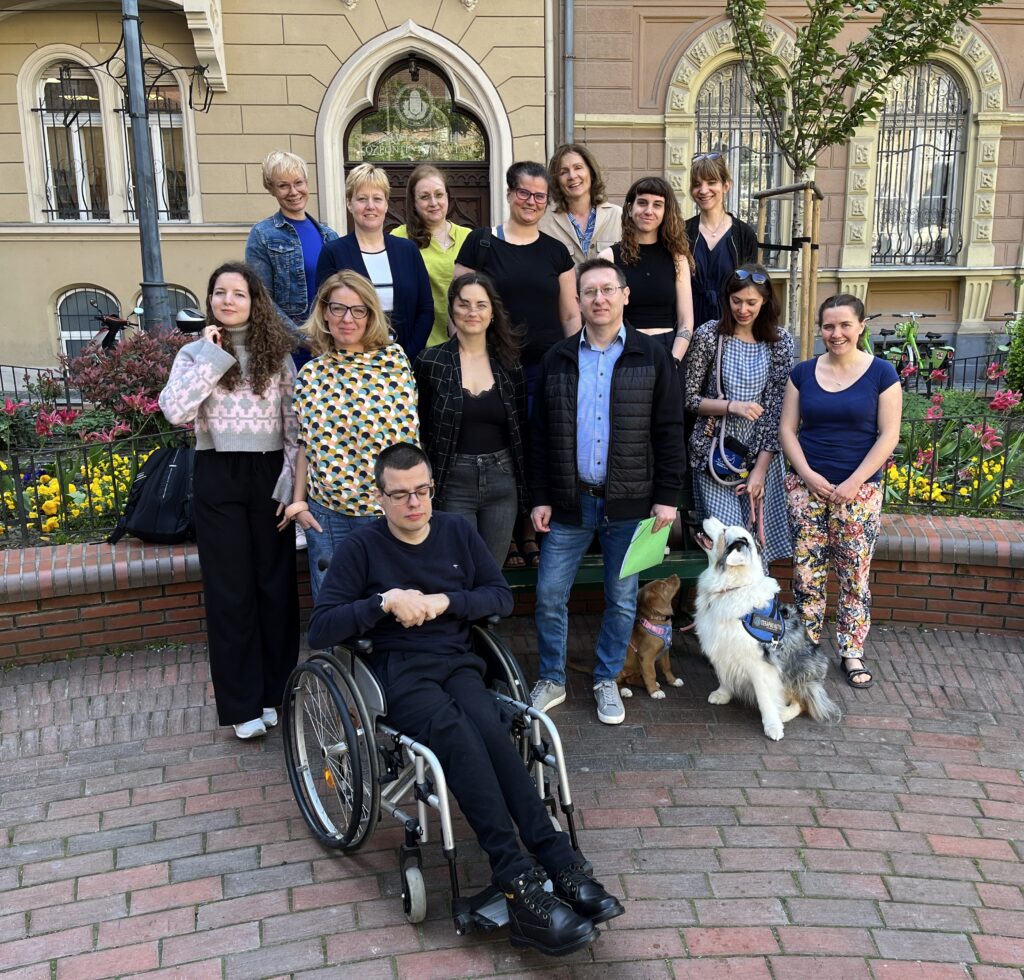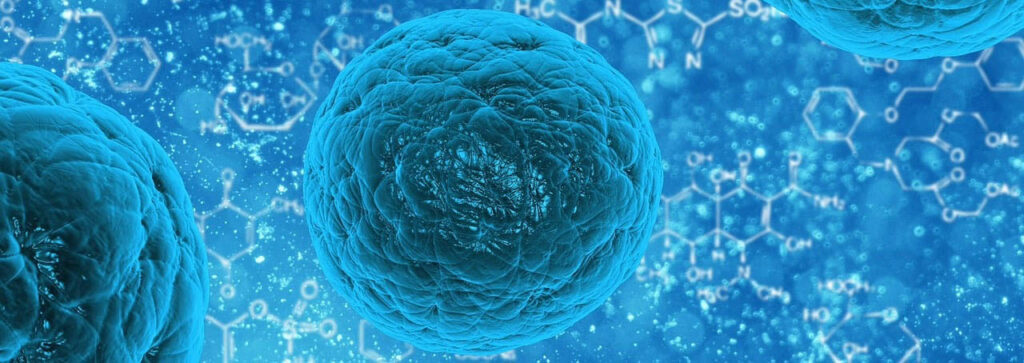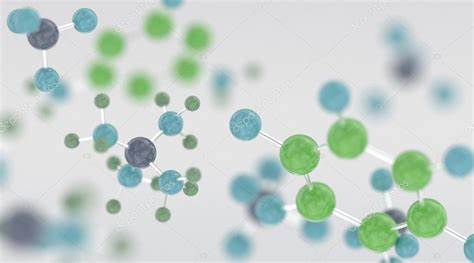Research leader name
Ilona Kovács

Within the study of adolescent development, the research group studies the development of psychological functions and the brain as a function of pubertal maturity. This topic is of strategic national importance in the field of health-related neurobiological and psychological research. Describing the maturation processes is particularly important because it allows for the development of educational strategies and appropriate early interventions aimed at promoting healthy development.
Downloads
External Links
The research group recently introduced ultrasound bone age measurement into adolescent research, providing a much more accurate estimate of adolescent maturity than previous methods. Puberty not only signifies maturation but also initiates significant reorganization of the cerebral cortex and the transition from childlike to adult-like behaviour. However, the onset of puberty can vary widely. In their research on behavioural and cerebral development, they examine three groups of adolescents with different levels of maturity. The bone age of participants in the average maturity group corresponds to their age, while it is lower in the decelerated group and higher in the accelerated group. The first question is whether adolescents with different levels of maturity show differences in cognitive abilities, motor and emotional-social development, and cortical organization. The second question is whether the differences measured during adolescence between accelerated, average, and decelerated groups are merely transient developmental differences or if there are any that persist into adulthood.

Assessing adolescent cognitive performance with a complex intelligence test revealed that biological age has a significant impact on both overall IQ and specific cognitive abilities. Results showed that within the same age group, individuals with more maturity have better working memory and processing speed, while those of the same biological age but older have better verbal abilities (https://hun-ren.hu/en/news/hungarian-researchers-show-links-between-biological-age-and-cognitive-abilities-during-adolescence).
In their work tracking brain development with high-resolution resting-state electroencephalography (HD-EEG), they registered the functioning of the default network of the brain. The degree of organization of the default network was analysed within a theoretical framework borrowed from thermodynamics. The results indicate that cortical hierarchical organization is most optimal in the group with average maturity (https://hun-ren.hu/en/news/navigating-pubertal-goldilocks-hungarian-researchers-identify-optimal-pace-for-hierarchical). They also registered stimulus-independent, action-free brain activity during sleep, also with HD-EEG, and discovered a new aspect of the topographic developmental pattern of the adolescent brain (https://hun-ren.hu/en/news/elkh-researchers-discover-new-cortical-maturation-process-by-tracking-migration-of-sleep). Approaching the development of the resting-state brain network through the measurement of imagery vividness, they found that it decreases both with age and adolescent maturity (https://hun-ren.hu/en/news/elkh-researchers-demonstrate-continuous-decline-of-human-imagination-with-age).



